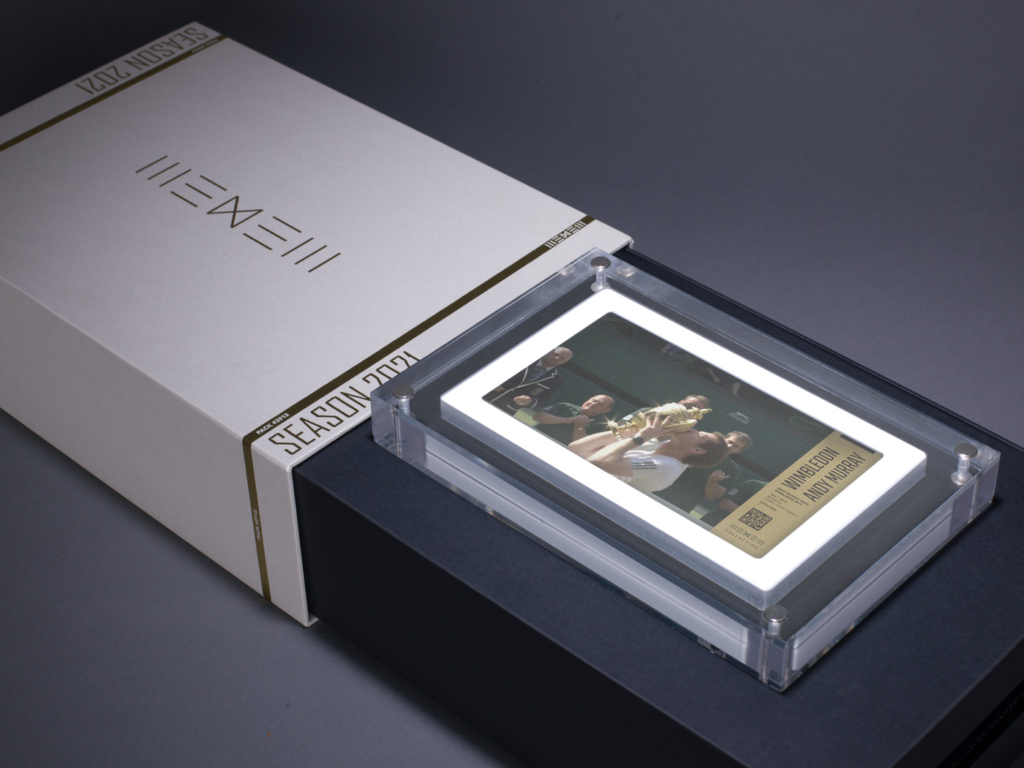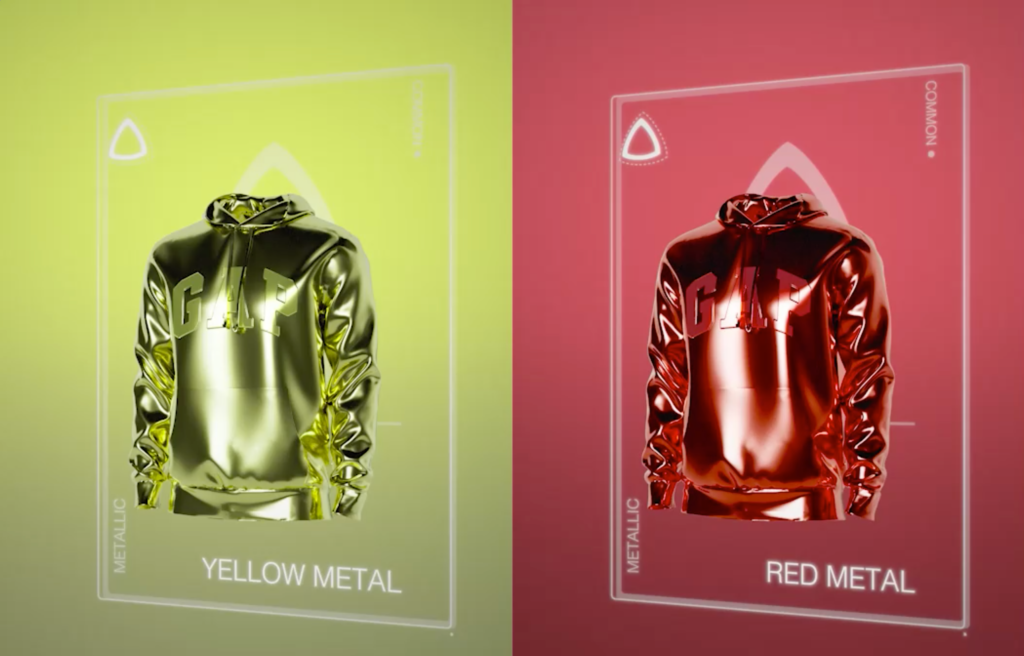
These days, it’s difficult to avoid talking about NFTs. Non-fungible tokens have finally made it into the mainstream, either as a result of multimillion dollar sales or heinous cyberattacks. But while the majority of us may assume that the primary applications of this technology are in the fields of digital art, music, fashion, and the metaverse, physical NFTs are also making a name for themselves in the world of cryptocurrency. Here is a closer examination of what they truly represent and how they are currently being applied.
What Is An NFT?
Let’s dissect the notion of “fungibility” before getting into the specifics. A fungible object is one that may be traded for another object of the same precise value. Money serves as an excellent illustration of fungibility since, for instance, a $10 bill may be traded for another bill of the same value or even for smaller ones that still sum up to $10.
It is impossible to trade a non-fungible item for one of equivalent value since it is fully unique. Finding the cause of NFTs will be simpler now that you are aware of this. Because no other asset will ever have the same value as it has, a non-fungible token, or NFT, is a kind of digital asset that can be shown to be distinct and is not interchangeable. These tokens are non-fungible because of this. Typically, a blockchain is used to store and protect the record of the NFT’s uniqueness.
NFTs can be seen as either a digital asset in and of itself or as the digitized information on a physical or digital asset. An artist may, for instance, make replicas of their actual creations, like as paintings or sculptures, and sell them as NFTs in a special market. Non-fungible tokens are now most often utilized in gaming, digital art, music, sports souvenirs, and the metaverse, but there are a broad range of other possible uses as well (and yet unexplored).
What Is A Physical NFT?
Although non-fungible tokens (NFTs) are most often linked with the art world, they have also been created and traded as a digital representation of off-chain assets such as sports memorabilia, antiques, and even consumer items. If the buyer really needs a tangible representation of their property, the NFTs can serve as a warranty of ownership over that object. A physical NFT is a non-fungible token that is connected to a tangible asset, to put it simply. Famous digital artist Beeple is a fantastic example of this, as he himself explains. His tangible tokens for his works often include a high-resolution screen art display, a signed certificate of authenticity, cleaning supplies, and a hair sample (supposedly; don’t take our word for it). In the end, physical NFTs may be exchanged for the physical thing they are linked to or sold like any other non-fungible token.
Examples of physical NFTs
Here are some of the greatest (and most successful) instances of physical tokens taking off, despite the fact that the focus on physical NFTs has not yet gained the traction found elsewhere in the cryptocurrency space:

With a collaboration with Bored Apes Yacht Club, a project whose NFTs have sold for millions of dollars and are the cryptocurrency darling of stars like Jimmy Fallon, Eminem, and Paris Hilton, the German sportswear giant entered the metaverse head-on in 2021. Customers who purchased Adidas Originals were entitled to special tangible goods, such as sweatshirts, tracksuits, and beanies.
Mike Winkelmann, a pioneering digital artist also known as Beeple, co-founded WENEW, an NFT platform that specializes in selling “iconic” historical events and cultural landmarks like Andy Murray’s 2013 Wimbledon victory. Collectors can now obtain a tangible museum-quality screen that shows their NFT in addition to the digital tokens.

The virtual shoe giant RTFKT (recently bought by Nike) has long gambled on tangible NFTs, making it simple for holders of non-fungible tokens to exchange them for actual shoes. They refer to tangible NFTs as the “blueprint” for real-world products. RTFKT routinely works with other cryptocurrency entrepreneurs to design a variety of tangible goods.

Mike Winkelmann, a pioneering digital artist also known as Beeple, co-founded WENEW, an NFT platform that specializes in selling “iconic” historical events and cultural landmarks like Andy Murray’s 2013 Wimbledon victory. Collectors can now obtain a tangible museum-quality screen that shows their NFT in addition to the digital tokens.

GAP, a fashion shop, just debuted its first NFT collection, which unlocks actual hoodies. The non-fungible tokens are the result of a collaboration with Brandon Sines, a Frank Ape artist. Fans must gather Common and Rare level tokens, according to GAP, in order to obtain a Frank Ape collector sweatshirt.

Together with businessman Gary Vaynerchuck, renowned toy manufacturer Mattel joined the NFT space by releasing a real UNO deck with VeeFriends NFT trademark characters. With its intention to continue examining the “intersection between gameplay, digital art, and collectability,” Mattel has hinted that further drops may be in the works.
How Can You Connect An NFT To A Real-World Object?
How would you go about connecting an NFT to a tangible object, supposing you were intrigued in the idea?
Let’s use a real artwork for the purpose of simplicity. You must first take a photo of it with your phone, or better yet, with a professional camera, to create a “digital twin” of it. After digitizing your work, it’s essential to double-check that all the meta-data—information on the painting’s dimensions, medium, creator, and other details—is accurate and correctly attached to the virtual file.
From here, you’ll pick a reliable NFT marketplace, like OpenSea (here’s a brief introduction), to mint your painting. Smart contracts assign ownership and control the NFTs’ transferability for the majority of Ethereum-based tokens. This aids in defining the parameters of any transaction, and any data relating to the digital asset is saved on the blockchain where the NFT is controlled. You connect your digital painting, or NFT, to the original piece using this code.
While Nike, for instance, has experimented with digital shoes having a unique identification that belongs linked a real pair, QR codes and NFC tags are frequently used as the visual link.
It’s important to bear in mind that once minted, an NFT cannot be changed, therefore you should work out all the specifics, including the coding, before minting and connecting digital to physical assets.
Physical NFT advantages
The ability to demonstrate authenticity and provenance is the primary benefit of producing tangible NFTs. Physical NFTs can be a useful tool for buyers and sellers in a world where the market for counterfeits is thought to be worth more than $500 billion. Blockchain technology makes it impossible to ever edit, forge, or tamper with the data associated with virtual assets or their real equivalents, creating a reliable data trail.
Cutting out the middlemen from transactions gives consumers and sellers alike freedom and financial incentives. This is another significant benefit.
Last but not least, physical NFTs can be connected to recurring royalties; as a result, the seller may get a commission each time an asset is transferred.
The difficulties in tying together physical assets with NFTs
Physical NFTs may have drawbacks, much like any newly developed technology. The buyer of a physical NFT might not have access to the asset’s true copyright, making it possible that they cannot sell, share, or even publicly display it. As a result, there may be legal concerns to deal with. Additionally, it is feasible to construct a physical object, such as a sculpture, and sell the NFT to one buyer while keeping the actual asset separate from the non-fungible token. Additionally, there is the issue of false sales, dubious vendors, and hackers, all of which marketplaces are working to address but still have a long way to go.
It is obvious that NFTs may be used for a variety of physical and digital assets. Non-fungible tokens, or NFTs, are typically associated with well-known brands like CryptoPunks, the Bored Apes, or NBA Topshot collectibles. However, physical NFTs can also be used in more commonplace, everyday contexts like the supply chain, where blockchain technology can guarantee traceability, authentication, and certification. One of the most compelling arguments for the adoption of NFTs and blockchain technology, according to some, is the connection between non-fungible tokens and tangible assets.






























